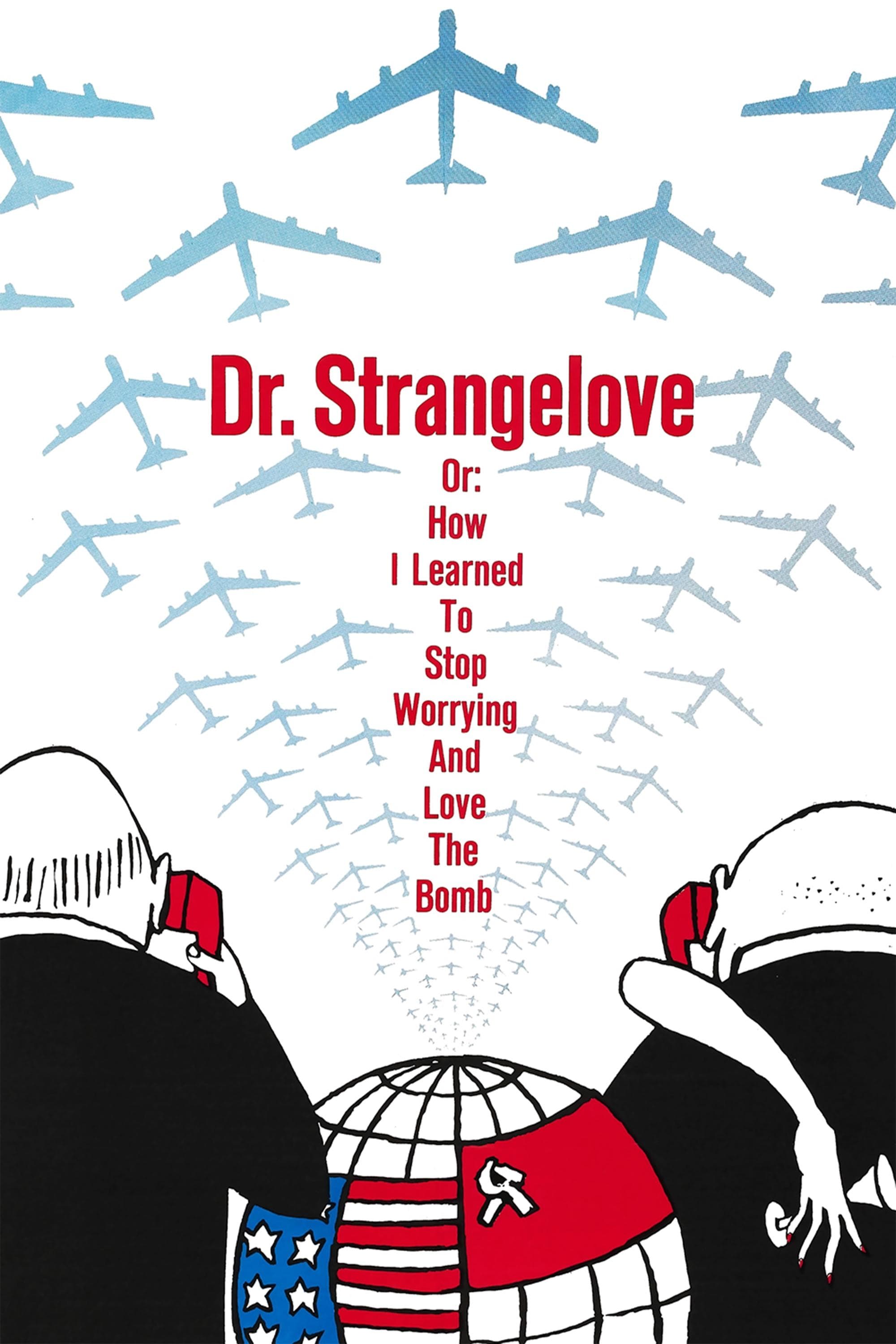
Dr. Strangelove or: How I Learned to Stop Worrying and Love the Bomb
1964
Rate this movie
Average: 4.00 / 5
(1 votes)
Director
Dr. Strangelove is the essence of Kubrick's genius. A fierce parody of militarism and the culture of deterrence, a ruthless and atrociously ironic critique of the logic of brute force, of the code of dominance. The film, born from the ashes of a serious drama (Peter George's novel "Red Alert," from which Kubrick initially intended to make a thriller), transforms into an epiphany of madness when the director realizes that the very reality of the Cold War, with its doctrines of Mutually Assured Destruction (MAD), was itself a paradigm of the absurd, too improbable to be taken seriously.
All this while maintaining a lightness of tone, a sarcasm never brutal, a gentle parody that brings a smile. It is precisely in this apparent contradiction that its genius lies: nuclear horror, the end of humanity, is treated with the grotesque lightness of a farce, making the message even more penetrating. The laughter it provokes is bitter, a cathartic reaction to the vertigo of the abyss.
Furthermore, Kubrick could avail himself of immense comedic talent: that of Peter Sellers, who, by playing three roles (perhaps four, had he also been able to take on the part of Major King Kong, later entrusted to the unforgettable Slim Pickens due to an injury that forced him to withdraw), makes this film a precious gem of comedy. Sellers is Dr. Strangelove, the former Nazi scientist with a rebellious hand that betrays his twisted psyche and his perverse enthusiasm for destruction; he is President Muffley, the reasonable but powerless man, trapped in a bureaucratic and military labyrinth he cannot control; and he is Captain Mandrake, the British officer who embodies elementary and desperate logic in a mad world, a figure of common sense battling against a rising tide of illogicality. His chameleon-like ability to transform, not only physically but also in voice and mannerisms, is a pillar upon which the film's entire comedic architecture rests, showing the intrinsic fragility of figures in power.
An American general, Brigadier Jack D. Ripper, unilaterally decides to send attack codes to his B-52 bombers stationed near the Russian borders. His paranoid madness, fueled by an obsession with "purity of bodily fluids" and the communist plot to fluoridate water, becomes the catalyst for an impending apocalypse. Each plane carries multi-megaton weapons that would immediately unleash a devastating nuclear conflict. Each plane has a precise target to destroy, and all planes converge on their attack targets, unaware that their mission is the fruit of one man's sick mind.
An English Air Force colonel, Mandrake, a guest at the mad general's facility, tries in every way to stop him, in a crescendo of hysterical and desperate comedy. The President of the United States also orders the attack to be stopped, but one plane in the squadron, commanded by Major King Kong, cannot receive the recall order due to a malfunction in the CRM 114 communication system and continues its insane flight. Here Kubrick plays with technological nightmare and blind bureaucracy, transforming a malfunction into a global death sentence. The War Room scene, designed by the ingenious Ken Adam as a dystopian and claustrophobic monolith, with its gigantic circular table evoking a doomsday board game, is a masterpiece of set design that underscores the isolation and powerlessness of leaders in the face of impending catastrophe.
Some scenes are memorable, such as the monologue by the German professor Strangelove in the American War Council, where he explains to an increasingly interested audience the prospects of repopulating the human race underground to avoid radiation contamination on the surface. This sequence is a pinnacle of black humor, a eugenic dystopia worthy of a Freudian nightmare, with Strangelove battling his traitorous robotic arm, a symbol of a malevolent will that reason cannot contain. It is an ingenious analysis of the post-war psyche and the fascination with total control, even over the survival of the species. Or also the B-52 captain's ride atop the newly released atomic bomb, an iconic and terrifying image that transforms destruction into a surreal rodeo act, a macabre apotheosis of self-destructive instinct and the toxic masculinity that permeates the entire film.
"Dr. Strangelove" is not just a biting satire; it is a sarcastic epitaph to the atomic age, a bitter commentary on human vulnerability and the inability to control its own destructive ingenuity. Its resonance, decades after its release in the midst of the Cold War, is still palpable, a timeless warning that the true threat lies not only in weapons, but in the folly of the men who wield them. It is a film that stands splendidly alongside works like "Fail Safe" (released in the same year, but with a dramatic and very serious approach to the same theme) or even "A Clockwork Orange" for its audacity in plumbing the depths of the human psyche and social systems, while maintaining its singular identity as a pitch-black comedy.
Country
Gallery
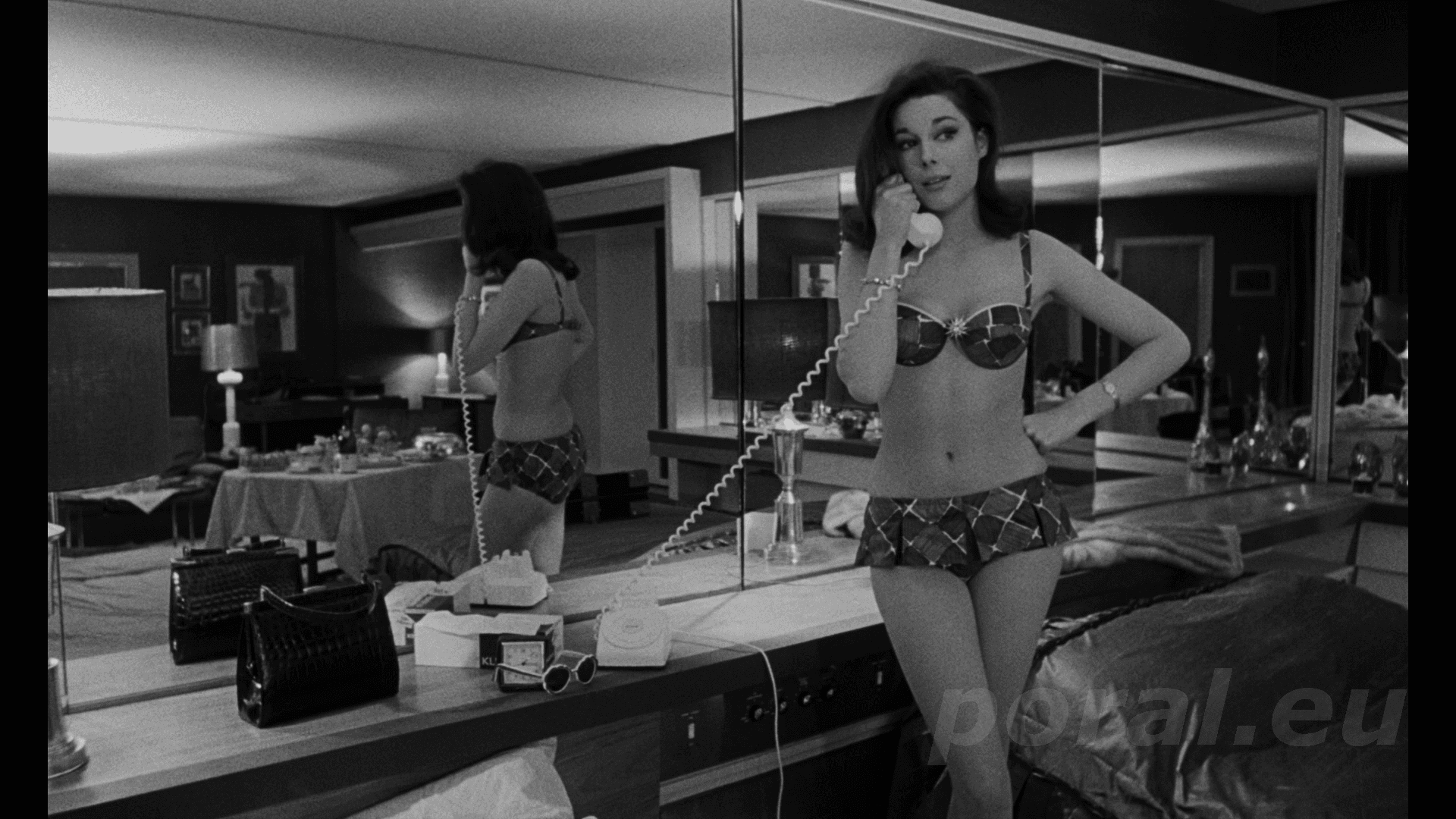
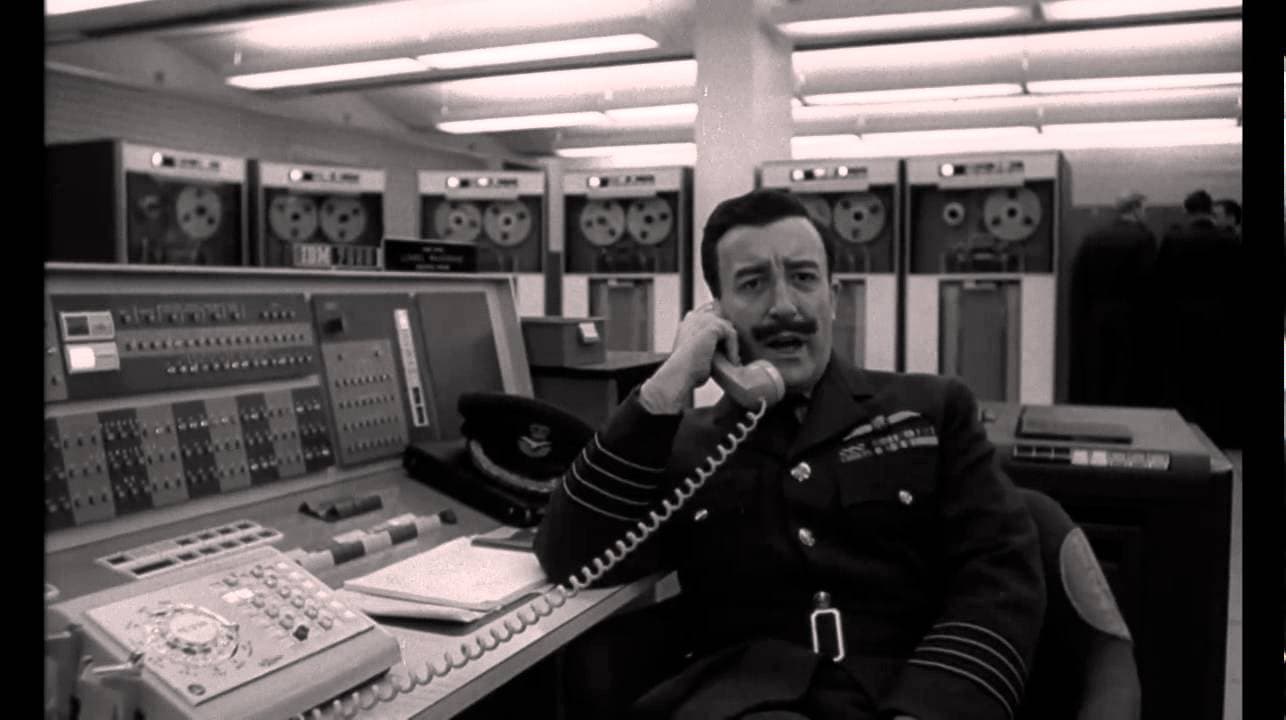
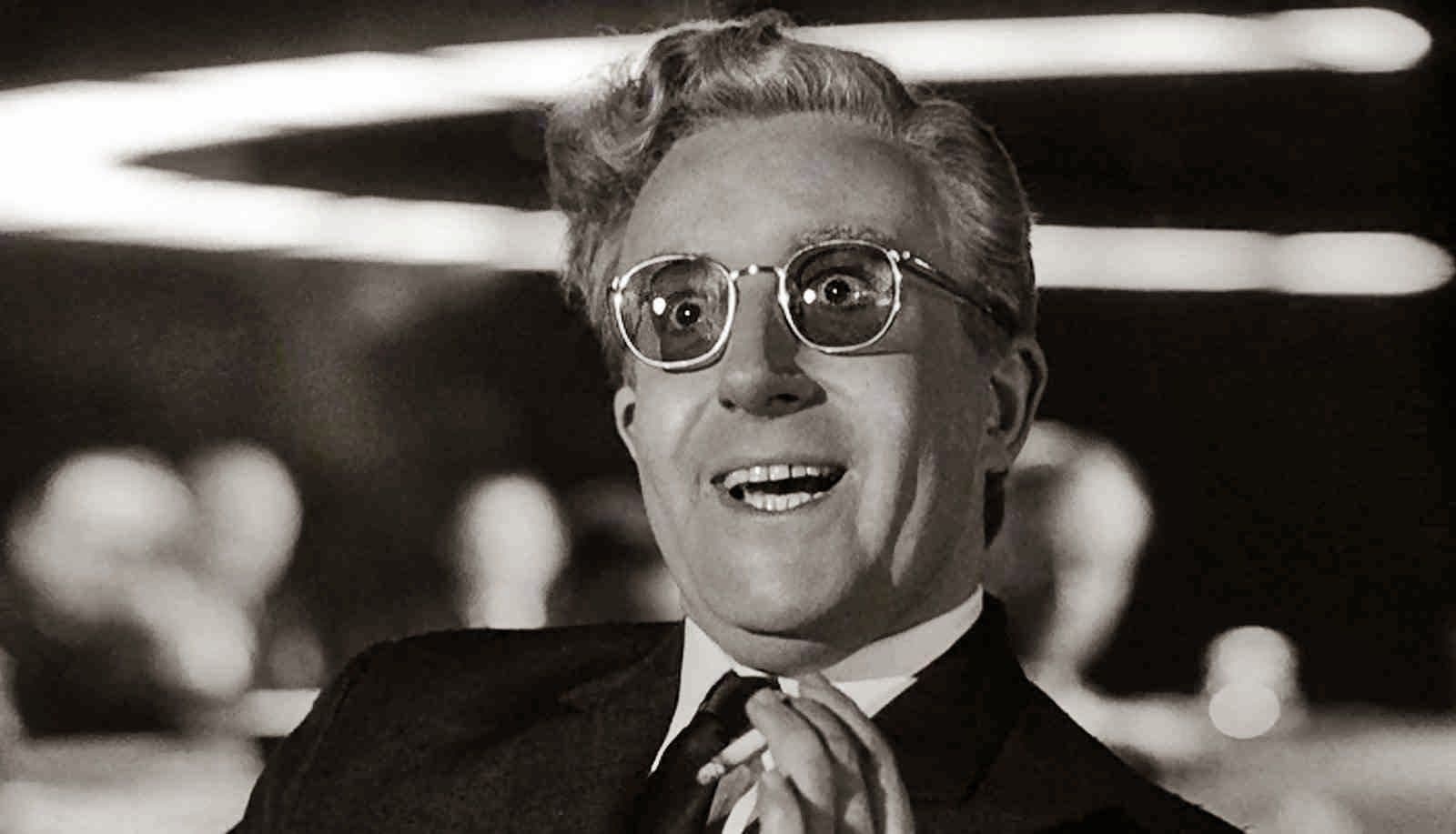

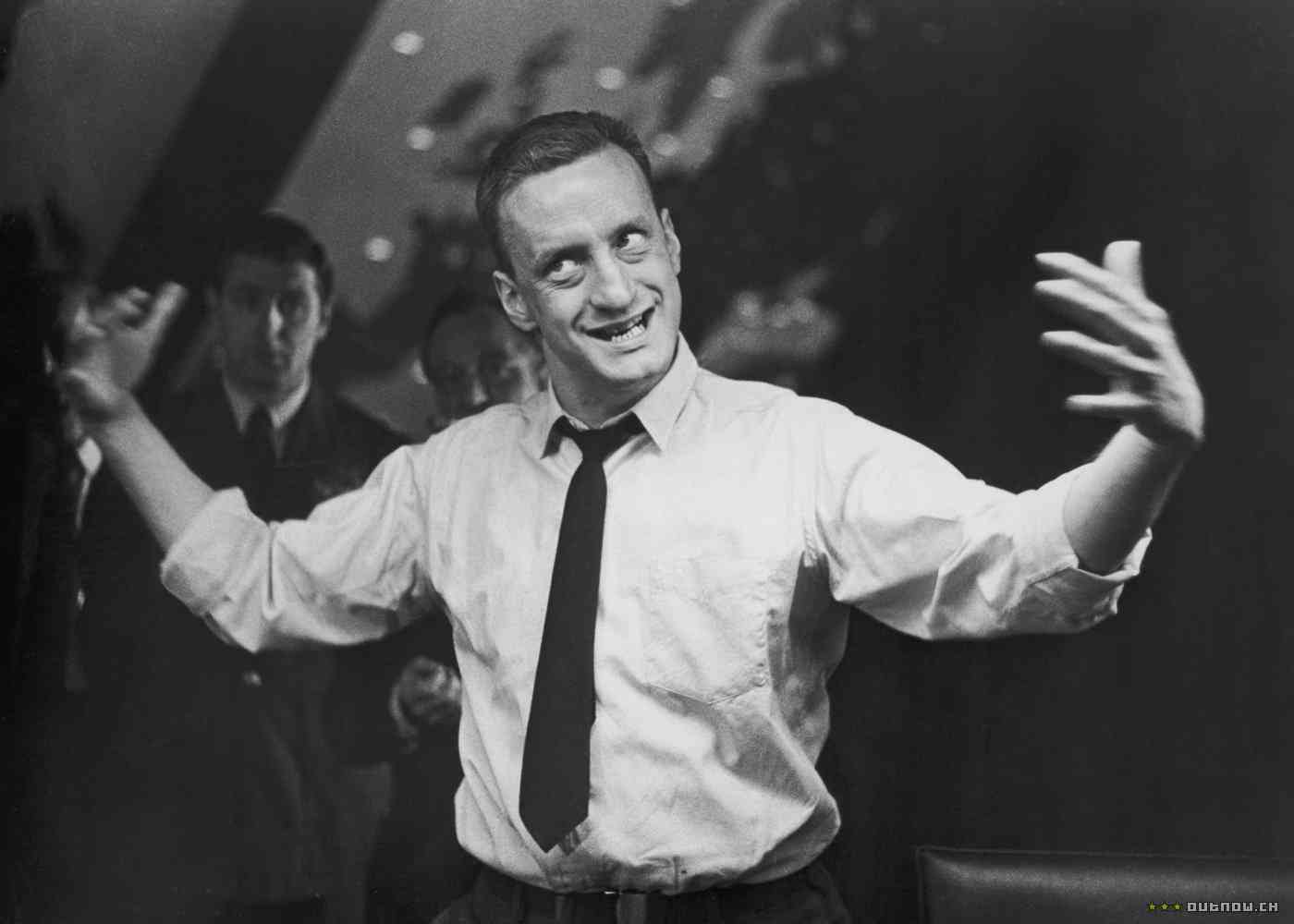
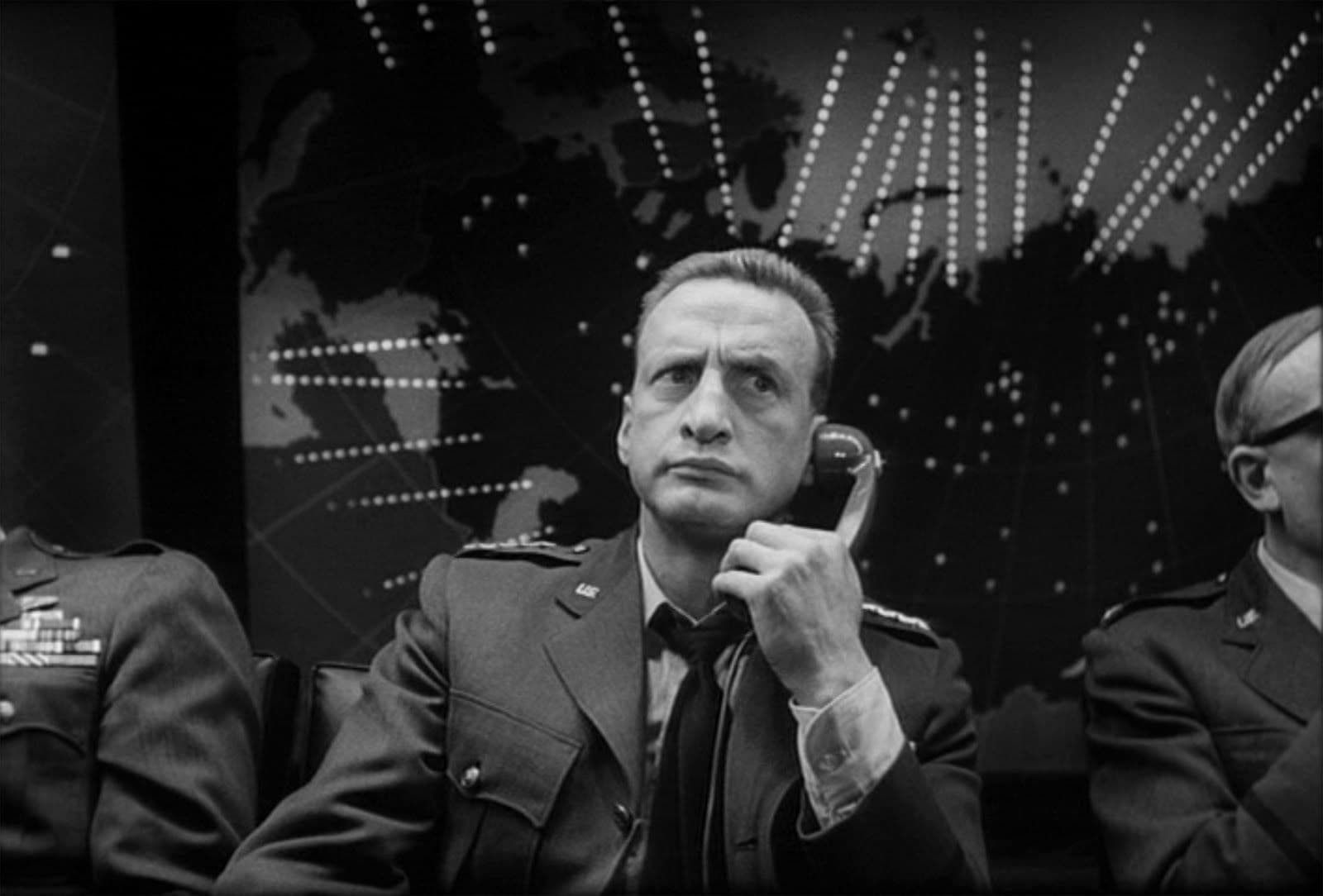
Featured Videos
Official Trailer
Comments
Loading comments...